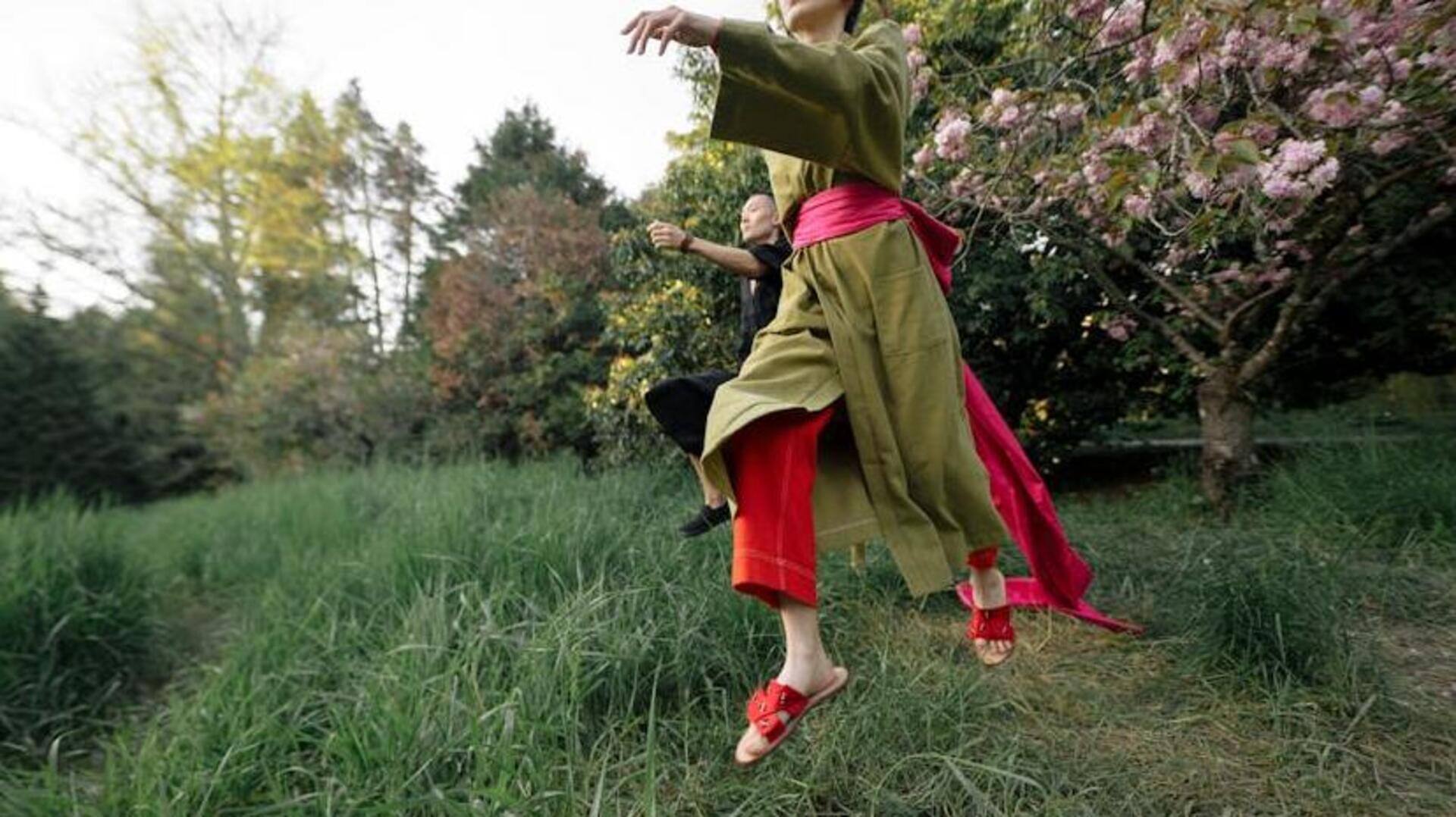
The symphony of seasons: Celebrating Japanese haiku poetry
What's the story
Haiku is a Japanese poetic form that distills the fleeting beauty of existence, often reflecting on nature and the seasons. This article delves into the art of haiku, shedding light on its structure, themes, and cultural importance. In the space of three lines, haiku poets crystallize their observations, painting vibrant pictures that stir the heart and invite contemplation of nature's profound rhythms.
Structure
The essence of haiku structure
A traditional haiku is a 17-syllable poem arranged in three lines of five, seven, and five syllables respectively. This short form pushes poets to convey deep thoughts and feelings with just a few words. The format promotes conciseness and precision, ensuring every word matters. Haikus typically incorporate a seasonal reference or "kigo" that grounds the poem in a particular time of year.
Themes
Nature as muse
Nature is the muse of haiku poetry, with poets meditating on the seasons, flora, fauna, and landscapes to distill the essence of existence and impermanence. By witnessing the cycles of nature, they immortalize moments like the ephemeral bloom of the cherry blossoms or the fall of an autumn leaf, evoking a sense of interconnectedness and the profound beauty of transience.
Significance
Cultural significance in Japan
In Japan, haiku is more than poetry; it's a heartbeat. Schools nurture it, teaching kids to pen their own haikus. It's a way to bond with their ancestors and the natural world. Seasonal festivals? They're not complete without everyone, from toddlers to grandparents, joining in on the haiku competition. Rooted in Zen Buddhism, haiku is like a gentle nudge towards mindfulness.
Evolution
Modern haikus: A global perspective
While classic Japanese haikus capture nature's whispers with their rigid structure, today's global interpretations have grown some rebellious wings. Poets worldwide are bending the rules to paint mini-masterpieces beyond just nature. Think city life snapshots or your own heartbeats, all wrapped up in that signature haiku brevity. This evolution proves an old art can learn new tricks, as long as it remembers where it came from.
Practice
Crafting your own haikus
Writing haikus is a fun challenge, a minimalist workout for your observation muscles. Start by jotting down everyday details or seasonal changes that make you feel something. Then, try to distill those moments into seventeen syllables. By playing around with different topics, you'll find your own voice in this ancient art form.